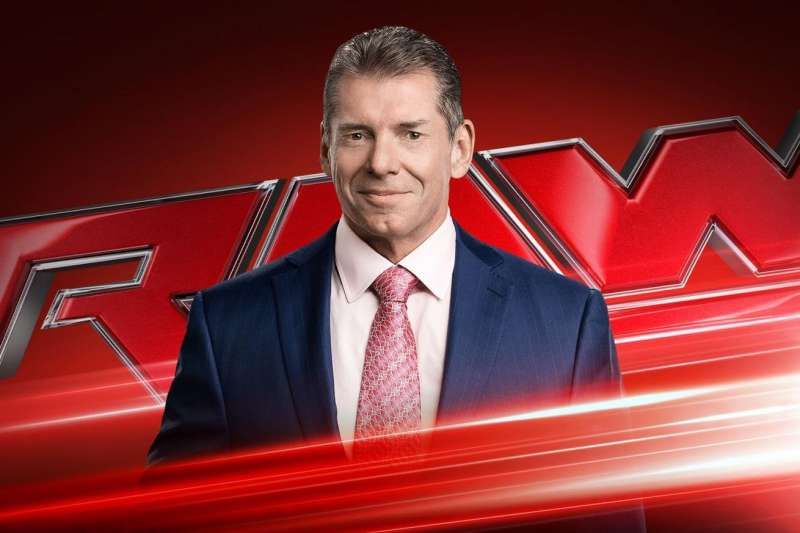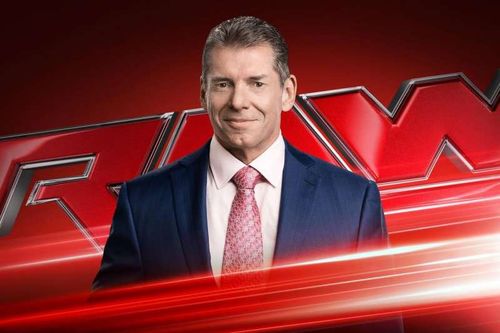
WWE News: Detailed statistics on RAW viewership

What’s the story?
Wrestling Observer Radio broke down the most recent ratings for Monday Night Raw on the February 2nd episode of Wrestling Observer Live.
In case you didn’t know...
Wrestling Observer Live, a wrestling radio show, originally started in October 1999 was hosted by Dave Meltzer and Bryan Alvarez, editors of the Figure Four Weekly newsletter. Meltzer and Alvarez hosted the show every Sunday night from 8:00 to 10:00 p.m. EST on the Sports Byline Radio Network. Due to the show airing on Sunday nights, replays were played on nights there were WWE pay-per-views.
The show debuted in October 1999 and aired five days a week on the internet radio channel, eYada.com. eYada closed on July 9, 2001, with Wrestling Observer Live, its highest rated show, being the last show to broadcast on the station.
Wrestling Observer Live was picked up by Sports Byline, a radio syndicator, on March 17, 2002, and has stayed in its current position ever since. Meltzer stopped appearing regularly in September 2007, but still appears occasionally.
The heart of the matter
Bryan Alvarez dissected the latest Monday Night Raw ratings in the United States, stating that Raw viewership was down 46% from Raw 1000. He stated that it was not a fair comparison, as they should be comparing current Raw ratings to an average episode of Raw from 2012.
Alvarez cited Paul Fontaine as a source for this information, and noted that Raw 1000 was the start of the “three-hour era.” He then went into a breakdown of the previous year’s (2012) average rating, which was around 4.5 million viewers.
Based on an average of the past 52 episodes of Raw, including this past Monday’s episode, the average Raw rating is 3.16 million viewers, which is a dropoff of 1.3 million viewers on average, or 29% of the audience from 2012.
He then went over a comparison between Raw and other major network television series over the same period. Castle on ABC had 12.26 million viewers in 2012, and 9.1 million viewers in 2016. That was a drop of 26% of the audience from 2012 and that show was cancelled.
The Voice averaged 15 million in 2012. In 2016, they averaged 13.3 million, dropping 11.1% of their audience. The Voice is still on the air. NCIS averaged 19.49 million in 2012. In 2016, they averaged 16.61 million, dropping 14.8% of their audience. NCIS is still on the air.
American Idol averaged 19.07 million in 2012. In 2016, they averaged 11.32 million, dropping 40.6% of their audience. American Idol was cancelled.
He also broke down the hour three vs hour one ratings on Raw. In the first year of moving to three hours, the ratings actually increased in the third hour by 0.8%. In the second year, hour three was down 1.5% against hour one. In the third year, ratings dropped 3.4% from hour one to hour three. In the fourth year, hour three is down 7.4% against hour one. In the 52-week period that ended this past Monday night, hour three is down 8.2% from hour one.
He would then went on to discuss how the audience had eroded since Raw moved to three hours, and those people that stopped watching will not even come back to sample the product. He said that part of the problem was that three hours was just too long.
What’s next?
Per WWE CFO George Barrios, the United States, United Kingdom and Indian television deals expire in late 2019.
Sportskeeda’s Take
This is incredibly concerning information when you break it down the way it has been broken down here. It’s abundantly clear that three hours is just too long for a weekly wrestling show. Part of the blame has to go to the networks for asking for three hours each week for one show, but a larger part of the blame must be placed on WWE for not having enough gripping storylines to keep people tuned in for the entire three hours.
When you really look at the numbers for the first hour against the third’s numbers, it screams about another problem with the product. In the United States, Raw airs at 8:00 pm Eastern Standard Time. That means that Raw ends between 11:00 pm and 11:15 pm on an average night. WWE has made it clear over the past several years that kids are a big focus of their entertainment, as they’ve focused on family-friendly stories since moving to regular TV-PG rated programming.
The problem is that kids end up going to bed before Raw ends, more often than not. If the show is geared towards the kids, what incentive do parents have to keep watching after their children go to bed?
WWE needs to do a lot of things to change the fortunes of the flagship show. Their creative team needs to step up and get better at writing storylines that can capture the attention of parents and children alike. They also need push Raw back to two hours when their current television deals expire, or the decline is only going to continue.
Send us news tips at fightclub@sportskeeda.com